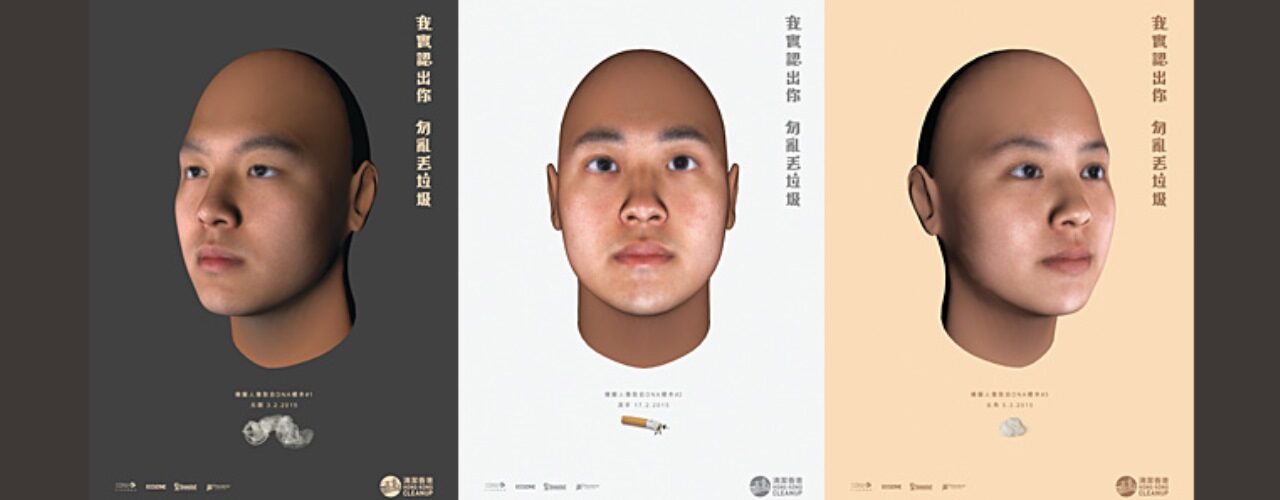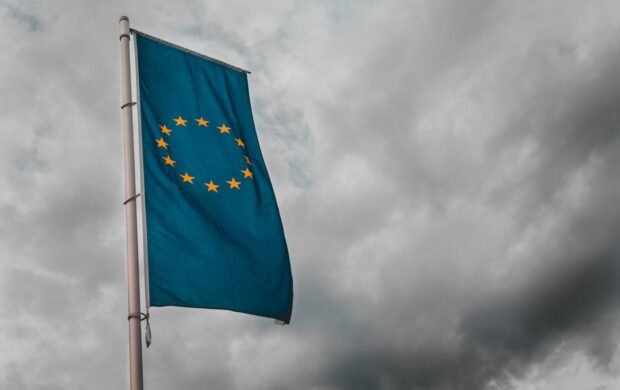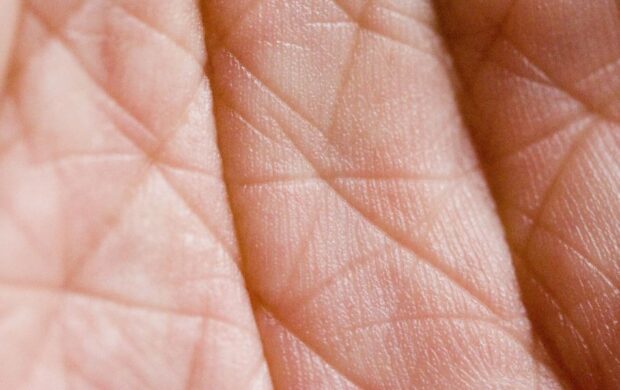Digital images of people who litter, derived from their DNA traces left on dumped items, were on public display in Hong Kong on Earth Day (22 April 2015). The Face of Litter campaign was run by the non-profit Hong Kong Cleanup and marketing communications company Ogilvy & Mather Hong Kong. It displayed 25 digital visualisations of litterers on posters around the city and online. Permission was received by everyone whose litter was collected.

Using DNA samples, US-based ParabonNanoLabs were able to determine biogeographic ancestry, eye colour, hair colour, skin colour, freckling, and face shape of the perpetrators with a technique called DNA phenotyping. It is not possible to tell age from DNA, so demographic data was used to determine the likely approximate age of the person based on the type of litter, for example, people ages 18-34 are more likely to chew gum.














